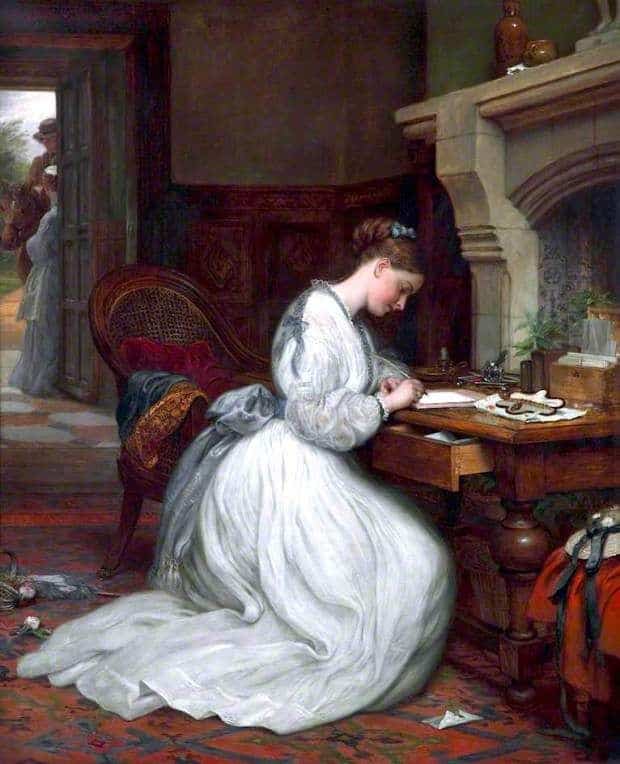JOURNALING AND DIARIES AS PUSHBACK AGAINST SELF ABANDONMENT
When we can be a witness to our own experience (by writing our experiences down) we can be our own compassionate friend. This is when we can have that connection with ourselves. What happens for many of us is we go through something called ‘Self Abandonment’. We try so hard to fit in with other people that we neglect who we are and abandon the core of ourselves. When we spend time reflecting on our experiences, maybe journaling, maybe verbally … externalising experience and being a witness to what we’re going through can allow us to have an understanding and acceptance.
Then, if possible, reach out to trusted people in our lives.
Unseen, Unheard, Undervalued with Janina Scarlet published Wednesday 18 October 2023 at Psychologists Off The Clock podcast
Let’s take a look at various kinds of first-person narratives:
- Autobiography
- Fictional Autobiography — There generally has to be a reason set up for writing this thing in the first place — perhaps a justification (Lolita, written from jail) or as a cathartic exercise. Mostly, when we read a story told to us by a first person, there will be a (vaguely) confessional tone about it. Another common reason to tell a story in first person is to try and explain oneself, either by way of seeking some kind of post hoc understanding of events, or especially in the case of unreliable narrators, to try to change the story to one’s own advantage.
- The Epistolary Story
- Fictional diaries and letters are similar to diary novels, but there’s supposed to be an addressee. For example, Dear Mr Henshaw (1983) by Beverly Cleary, The Perks of Being a Wallflower by Stephen Chbosky.
- The difference between these and ‘autonomous monologues’ is that diaries are fragmented and discontinuous. There’s an illusion of immediacy. The narrator doesn’t know what’s going to happen next, along with the reader. This allows for improbable situations, like keeping a diary during the last days of her life.
- Memoir
- Fictional Memoir — Memoirs of a Geisha. It’s fairly common to include a metafictive preamble explaining that ‘What you’re about to read actually happened’, or similar e.g. Don Quixote, The Three Musketeers, The Name of the Rose)
- Even when a book is not overtly a memoir, many first person narratives are confessional and reflective, lending them memoir characteristics. The homodiegetic storyteller is often trying to process some past event by writing it all down e.g. The Little Stranger.
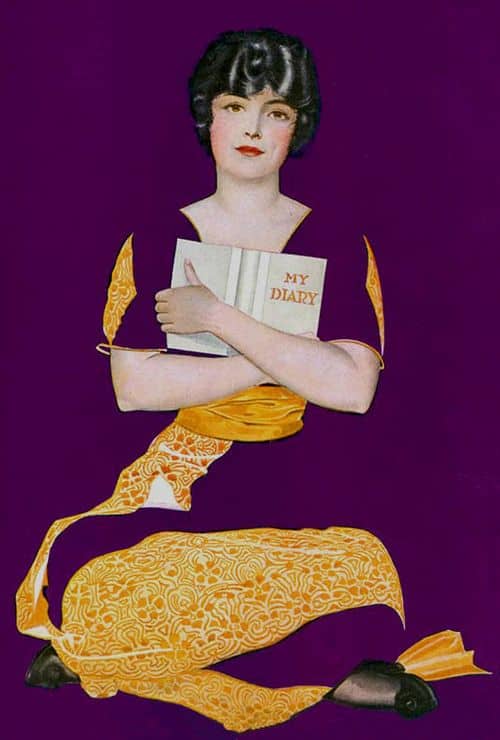
EXAMPLES OF FICTIONAL DIARIES IN CHILDREN’S LITERATURE
The fictional diary is a popular narrative technique in children’s fiction. The huge success of Jeff Kinney’s book have led to a boom in the diary format in middle grade literature.
- The Secret Diary Of Adrian Mole, Ages 13 1/4 (1982) by Sue Townshend
- Top Secret by Barbro Lindgren
- The Diary of a First-Grader (1979) by Viveca Widerberg
- Bert’s Diary (1987) by Anders Jacobsson and Soren Olsson
- Diary of a Wombat by Jackie French
- Diary Of A Wimpy Kid by Jeff Kinney

WRITING FICTION IN DIARY FORM
Stories in diary/journal format for publication still have a narrative arc. Real-life journals don’t necessarily follow classic story arc.
“Some people write in their diaries and are very introspective, and some people are not at all,” says Kate McLean, an associate professor of psychology at Western Washington University. Journal-keeping, though a way of documenting the life story, doesn’t always make for a tightly-wound narrative. A writerI interviewed several months ago—Sarah Manguso—has kept a diary for 25 years, and still told me, “Narrative is not a mode that has ever come easily to me.”
The Atlantic
Diaries can have a highly appealing, naive, kid-made look about them and this encourages readers to create their own.
The first person narrator of a diary is quite likely an unreliable narrator, opening room for humour. Diary of a Wimpy Kid appeals to a wide range of ages compared to most children’s book series. This is because older middle grade audiences get the joke that there’s an ironic gap between what Greg says happened and what really happened. Younger readers can enjoy the story at face value.

To All the Boys I’ve Loved Before is the story of Lara Jean, who has never openly admitted her crushes, but instead wrote each boy a letter about how she felt, sealed it, and hid it in a box under her bed.
But one day Lara Jean discovers that somehow her secret box of letters has been mailed, causing all her crushes from her past to confront her about the letters: her first kiss, the boy from summer camp, even her sister’s ex-boyfriend, Josh.
As she learns to deal with her past loves face to face, Lara Jean discovers that something good may come out of these letters after all.
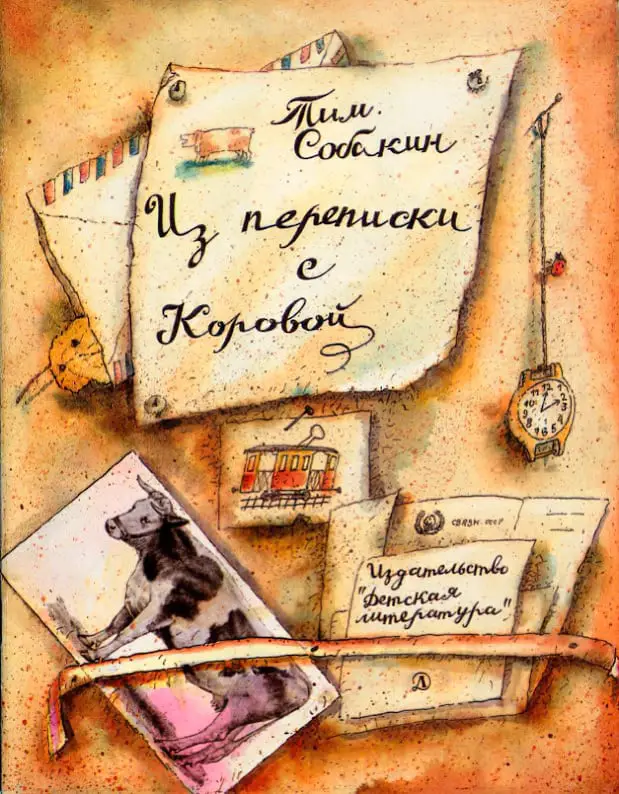
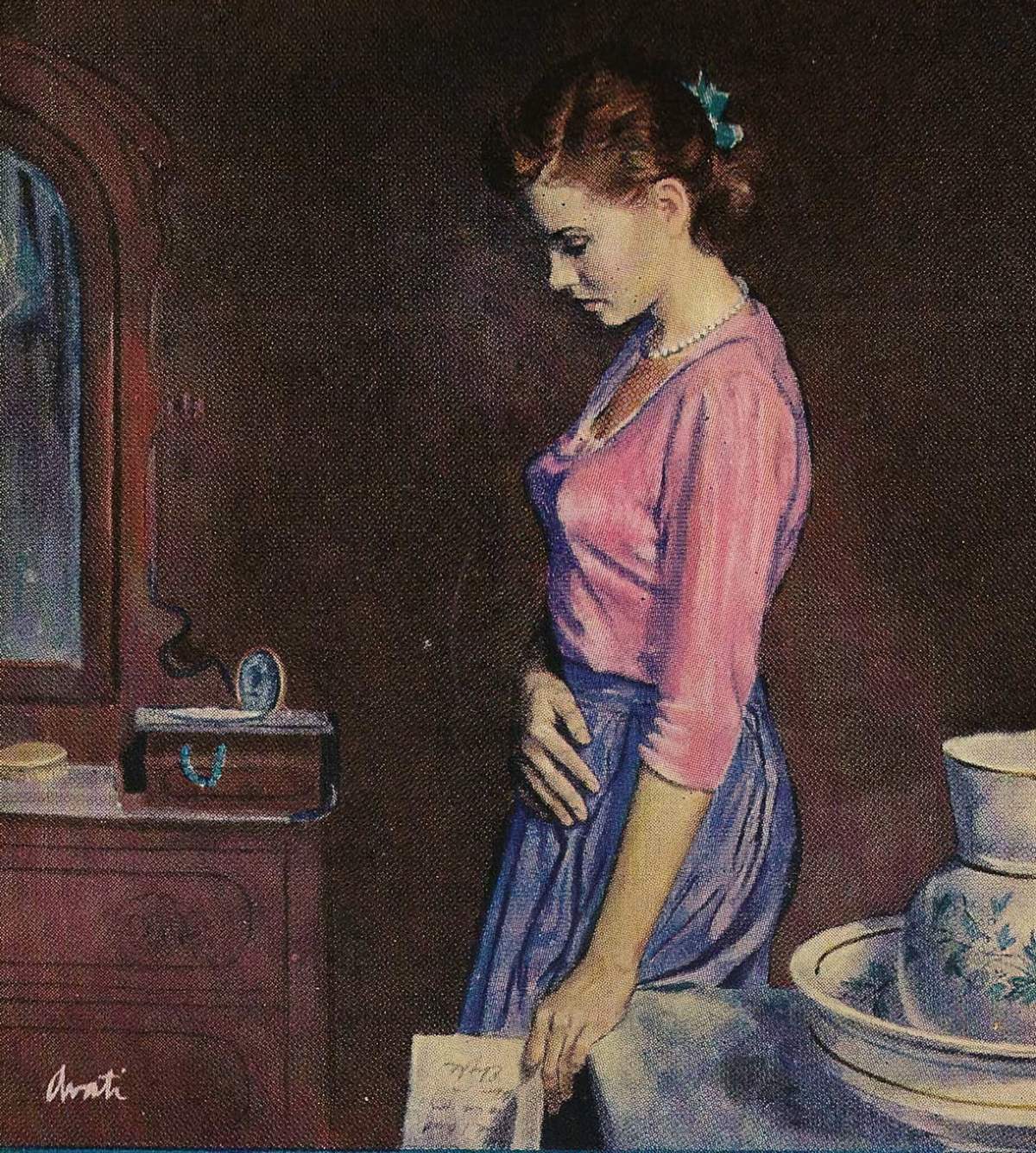
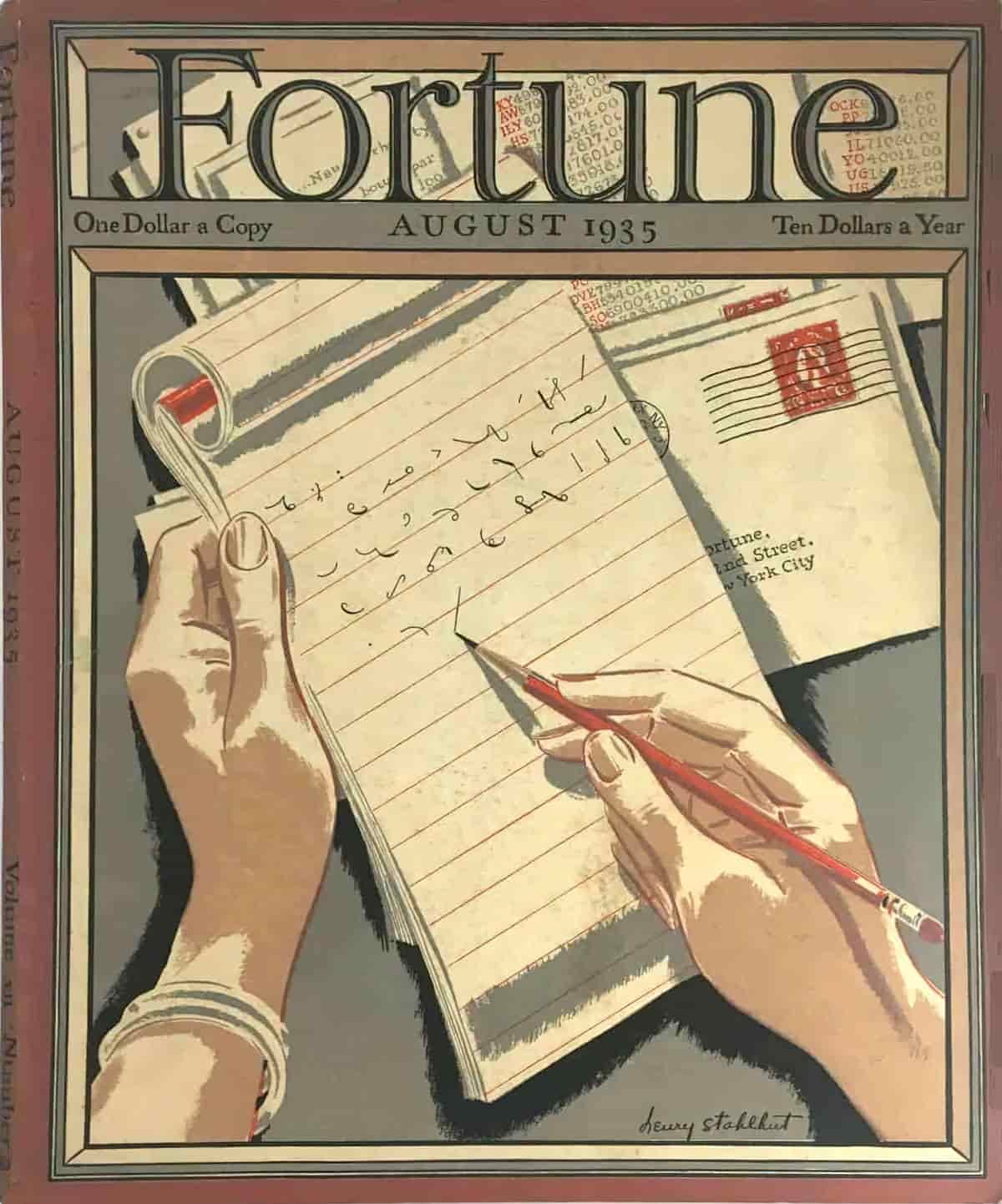


Writing about trauma can affect us profoundly.
A 1986 study found that students asked to write about traumatic memories reduced the number of times they visited a health centre for illness, injury, a check-up, psychiatric or other reasons in six months following the study — but that writing about trauma consistently caused emotional and physical upset immediately afterwards.
How to use therapeutic writing for empowerment without revisiting trauma
Header painting: Yes or No, 1873 by Charles West Cope
